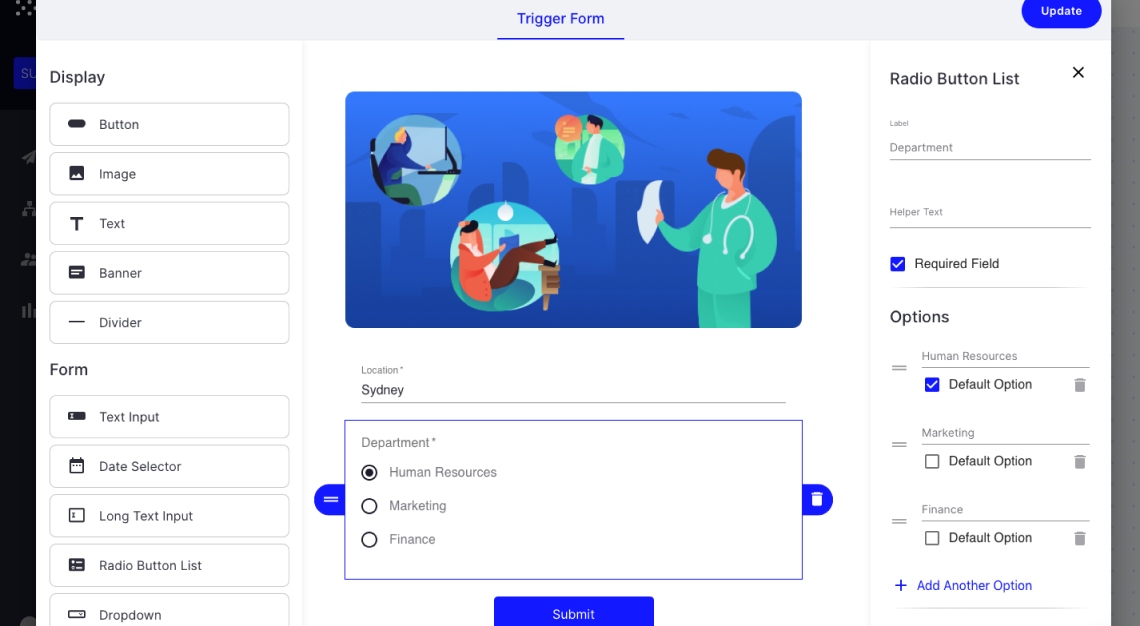How is former architect Jeromy Wells, now the CEO of Whispir, helping businesses flourish with a smart communications system today?
It took Jeromy Wells a career in architecture to realise that the world was lacking an engaging, smart communications system that helps companies forge not just effective, but meaningful relationships with clients and customers. This very epiphany diverted Wells’ attention from the world of design to new technology innovation, and he subsequently pioneered the genesis of modern-day communications solutions that use the internet as a platform to solve communications management challenges. In 2001, Wells found himself charting a new course in the realm of technology with the birth of Whispir, which he now helms as co-founder and the CEO.
Whispir is a communications workflow platform that automates interactions between businesses and people, helping organisations improve communications strategies by allowing information to be conveyed in a sensitive and timely manner. Most recently, the company created a robust SMS and email communications tool for the Victorian State government in Australia, helping to ensure compliance to the mandatory 14-day self-isolation period for COVID-19 patients and the close contacts of the infected. A two-way, meaningful engagement with patients, according to Whispir, is key to curtailing the spread of the virus.

But Whispir is breaking new ground in more than just healthcare. Here, Wells zeroes in on the company’s objectives, and details how a smart communications system is redefining crisis management and could help save a failing business.
How did Whispir come about?
Whispir started for the same reason that so many businesses do: to solve a problem. My professional background was as an architect. It’s a profession which has, in many ways, remained unchanged in over 140 years. The problem we noticed was the very real and costly void in communications, specifically within the construction delivery phase of construction projects. Hence, we launched Whispir in 2001.
The wider construction industry, then and now, requires multiple contractors or third parties to complete their respective roles within any one project. As a result, the communication culture is one of siloed conversations, verbal agreements and paper-based memos. In short, there was a lot of potential for miscommunication and mistakes, which assured costly revisions.
Thus, we sought to provide a platform that would reduce avoidable rework on projects and help save precious time and money. The idea worked, and we found ourselves pivoting into other fields such as crisis communications, operations and healthcare, to name a few.Over the past 20 years, we’ve grown substantially across many industries with a customer base of more than 600 blue-chip organisations and over 11,000 unique use cases of the platform.
What gaps were there in the market, which you felt could be addressed with Whispir?
Whispir is a robust communications tool at its core; one that is customer-centric and solves the challenges of information management. What we’re offering is a practical solution to organisations, removing the need for sophisticated in-house technical skills to execute comprehensive, and sometimes entangled, workflows.
In short, we’re a cloud-based software solution with a low-code/no-code communication engine that removes the need for organisations to have in-house software developers to get started.
Why does an effective communications system carry more weight than ever in businesses today?
Unless organisations possess genuine two-way channels that allow for meaningful communication (such as SMS, WhatsApp, email, voice and web apps), they’ll suffer the disadvantage of not possessing critical information, in real-time, needed for competent decision making.
The challenges organisations are currently facing, such as adopting remote work strategies, information gathering, service delivery management and customer engagement, are perfect examples of why there is a need to have an effective communications system in place.

How is Whispir redefining crisis management?
In our experience with communication during any form of crisis, communicating is not about one-way telling. There’s a big difference between one-way mass notifications and personalised, meaningful engagement. We were in a very strong position when COVID-19 occurred and were able to help a lot of organisations pivot their communications in tandem with their business continuity plans. And now, we’re helping organisations manage their return to work strategies.
Additionally, the platform adopts a low-code/no-code technology that applies conditional logic to the flow of messages. Simply put, an organisation can set up multiple pathways that send different messages simultaneously, depending on the responses of the recipient. To simplify the process, our Whispir store contains a multitude of pre-built templates, saving significant amounts of time for organisations.
What are some of the common mistakes businesses are not noticing in their communication strategies today?
A consequence of this current global pandemic is that organisations are now realising whether or not they possess the adequate capability to remotely deploy secure, engaging, two-way communications at scale, across all areas of their operations.
Many over-complicate the concept and look to incorporating expensive solutions, like developing internal apps, coupled with an oversight on crucial aspects such as communications systems with appropriate audit and reporting capabilities.
Can Whispir save a failing business?
The beauty of our platform is that behind all of the sophisticated technology and logic, it really is just about simplifying and mastering genuine communications. Whispir empowers organisations to achieve this by helping to improve stakeholder communications and removing much of the probability of expensive mistakes and, to reiterate my architecture anecdote, costly revisions.






